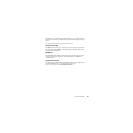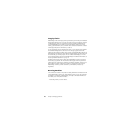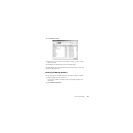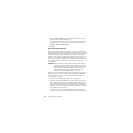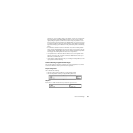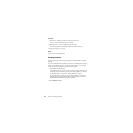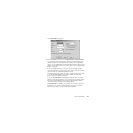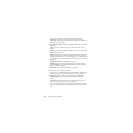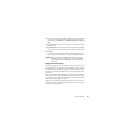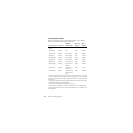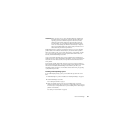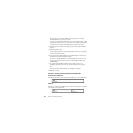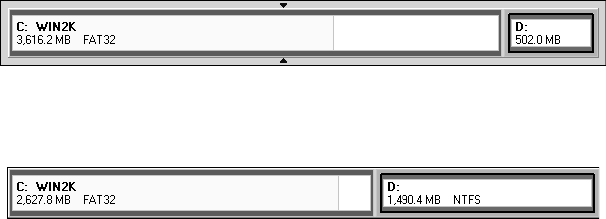
Norton PartitionMagic 33
adjacent to it, yet are not able to enlarge your partition, you may have to delete some
files in the partition so that PartitionMagic has room to work. You may be able to
slightly enlarge the partition (1 MB or less) and then enlarge the partition a second
time to provide the necessary buffer area for PartitionMagic. To see how much space
is needed in a partition to resize past a cluster boundary, see the table in “Freeing Disk
Space Before Enlarging a FAT Partition” in Help under Getting Started > Partitioning
Basics.
• It is difficult to calculate in advance the minimum size to which an NTFS partition
may be resized. If PartitionMagic runs out of space when you are resizing or moving
an NTFS partition, PartitionMagic returns an error without completing the operation.
The integrity of the NTFS partition and data is never compromised.
• A FAT partition has a 2 GB (2047 MB) size limit; however, a FAT partition under
Windows NT (service pack 4 or higher) or Windows 2000/XP can be sized up to 4
GB and have a 64 KB cluster size.
• Under Windows 2000 and Windows XP, you can enlarge an NTFS partition (even the
system partition) without rebooting.
Scenario: Resizing a Logical Partition Larger
This scenario outlines the procedure for adding space to a logical partition. You can also
use the Resize Partitions wizard to perform the same operations.
Sample Configuration
One 1 GB hard disk containing:
• One active primary FAT32 partition (C:) running Windows 2000
• One extended partition enclosing one logical NTFS partition (D:)
Objective
Resize drive C: smaller and add the newly created free space to drive D:.



